When you think of bright, cheerful flowers that effortlessly light up a garden or meadow, Coreopsis often comes to mind. Commonly known as tickseed, these sunny blooms with their golden-yellow petals and contrasting centers have been adored by gardeners and nature enthusiasts for generations. But beyond their beauty, Coreopsis holds a special place in global horticulture and ecological restoration projects.
This naturally leads to an intriguing question: Which country is the largest Coreopsis producer in the world? In this article, we’ll explore the origins of this beloved plant, its significance, where it’s grown, and which country dominates its production today.
What is Coreopsis?
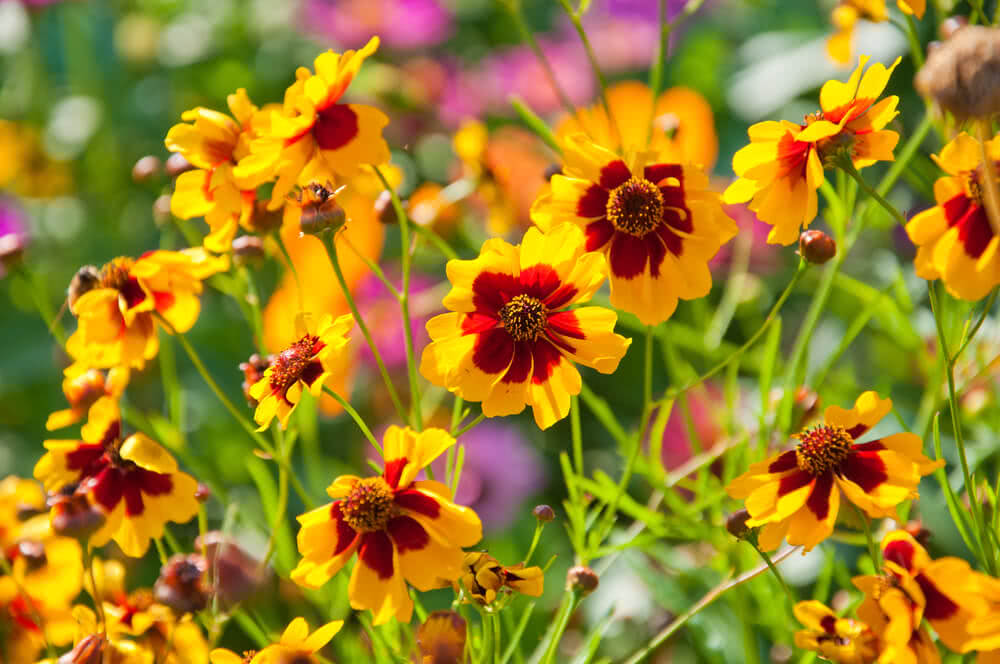
Coreopsis belongs to the daisy family, Asteraceae, and includes over 40 species native to North, Central, and South America. Known for their vibrant yellow, orange, and sometimes pinkish blooms, these plants are famous for being:
- Drought-tolerant
- Low-maintenance
- Pollinator-friendly
- Perfect for wildflower meadows, borders, and container gardening
Notably, species like Coreopsis grandiflora, C. lanceolata, C. tinctoria, and C. verticillata are among the most popular varieties grown worldwide.
The Importance of Coreopsis in Horticulture
Beyond its ornamental appeal, Coreopsis serves vital roles in ecosystems:
- Pollinator Support: Attracts bees, butterflies, and beneficial insects.
- Ecological Restoration: Frequently used in prairie restoration and roadside wildflower projects.
- Low-Water Landscaping: Ideal for xeriscaping in drought-prone regions.
- Cut Flower Industry: Certain varieties are popular as summer bouquet staples.
Its adaptability to diverse soils, resistance to pests, and long-lasting blooms make it a favorite across continents.
Where is Coreopsis Grown?
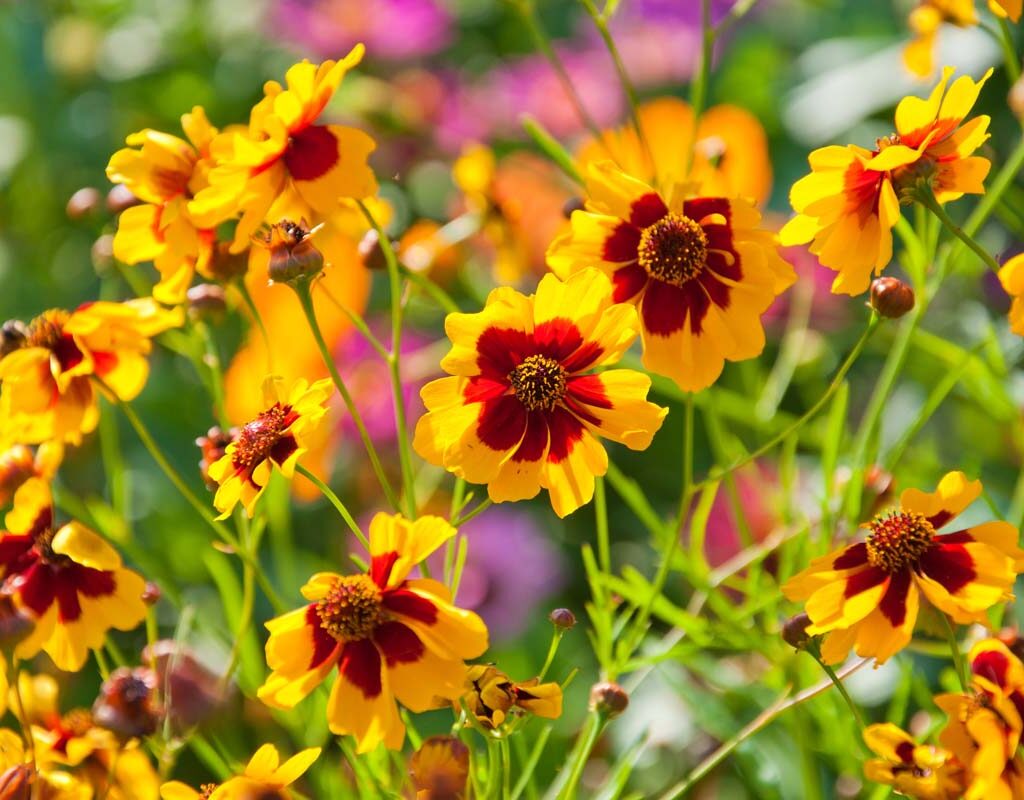
While native to North and Central America, Coreopsis has found a home in gardens and landscapes worldwide. However, the scale and nature of its production vary greatly by region.
Major Growing Regions:
- United States
- Canada
- Europe (Netherlands, Germany, UK, France)
- Asia (China, Japan)
Among these, one country stands out for both native abundance and commercial cultivation.
The United States: The World’s Largest Coreopsis Producer
The United States is the undisputed largest Coreopsis producer in the world — and for good reason.
Why the U.S. Leads:
- Native Range Advantage:
Coreopsis naturally thrives in the wild across the U.S., particularly in the Midwest, East Coast, and southern regions. Native wildflower fields and meadows across the country feature species like C. lanceolata, C. grandiflora, and C. tinctoria. - Ecological Restoration Projects:
With growing interest in rewilding, pollinator habitats, and prairie restoration, U.S. federal and state programs actively sow thousands of acres of native Coreopsis seed every year along highways, public parks, and protected lands. - Robust Nursery & Seed Industry:
Specialized nurseries, like Prairie Moon Nursery and American Meadows, produce millions of Coreopsis plants and seeds annually for retail, wholesale, and conservation use. Garden centers nationwide stock both perennial and annual Coreopsis varieties, catering to diverse landscapes. - Breeding and Cultivar Development:
Leading plant breeders and horticultural firms in the U.S. have introduced improved cultivars such as:
- Coreopsis ‘Early Sunrise’
- C. ‘Sunray’
- C. ‘Zagreb’
- C. ‘Moonbeam’
These varieties are prized for longer blooming periods, compact growth, and enhanced disease resistance.
- Export and Domestic Demand:
While much of the U.S.-grown Coreopsis serves domestic markets, the country also exports seeds and plant stock to Europe and parts of Asia where demand for drought-resistant, pollinator-friendly flowers is rising.
U.S. Production Facts:
- Thousands of acres of wild and cultivated Coreopsis.
- Over 100 million seeds produced annually for restoration and ornamental use.
- Largest native wildflower seed industry globally, with Coreopsis as a top contributor.
Canada: A Strong Contender
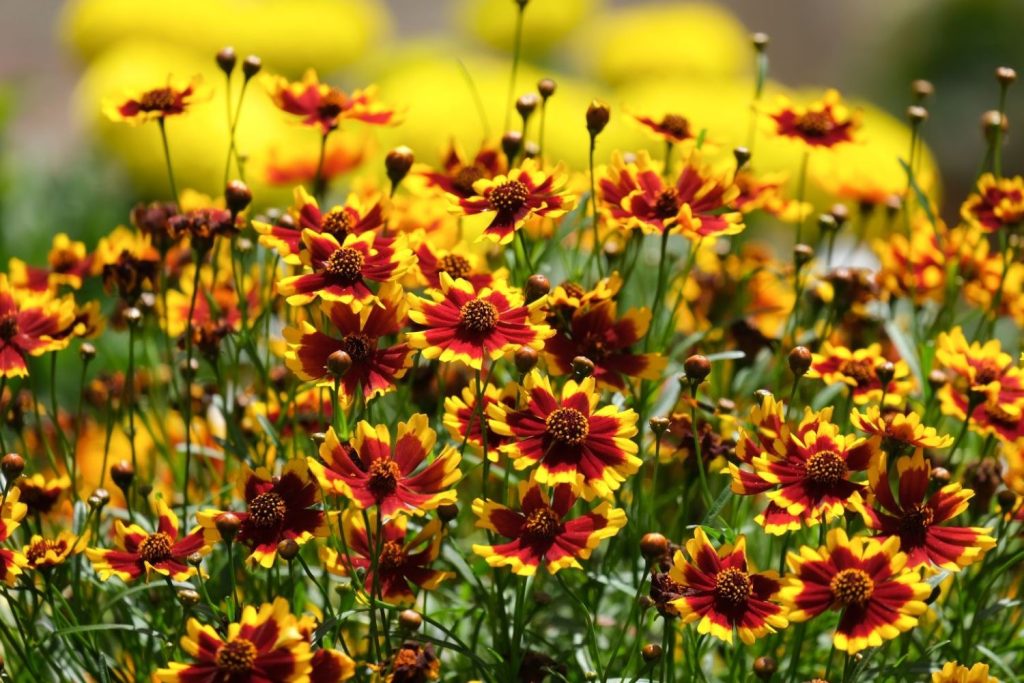
Canada, particularly in provinces like Ontario and Alberta, is also a significant producer of Coreopsis. Though on a smaller scale than its southern neighbor, Canada benefits from shared native plant ranges and ecological restoration projects.
Canadian native plant nurseries cultivate Coreopsis for:
- Municipal park landscaping
- Roadside beautification
- Pollinator-friendly gardens
The plant’s ability to thrive in cool climates makes it a popular choice for Canadian landscapes.
Europe: Ornamental Nursery Production
While not native to Europe, Coreopsis has gained popularity in countries like:
- The Netherlands
- Germany
- France
- The United Kingdom
European growers focus primarily on ornamental cultivars for home gardens, public parks, and bedding plant programs. Dutch and German nurseries, in particular, supply compact, long-blooming Coreopsis varieties for European garden centers.
However, unlike North America, large-scale seed production for ecological projects is less common in Europe.
Asia: Emerging Markets
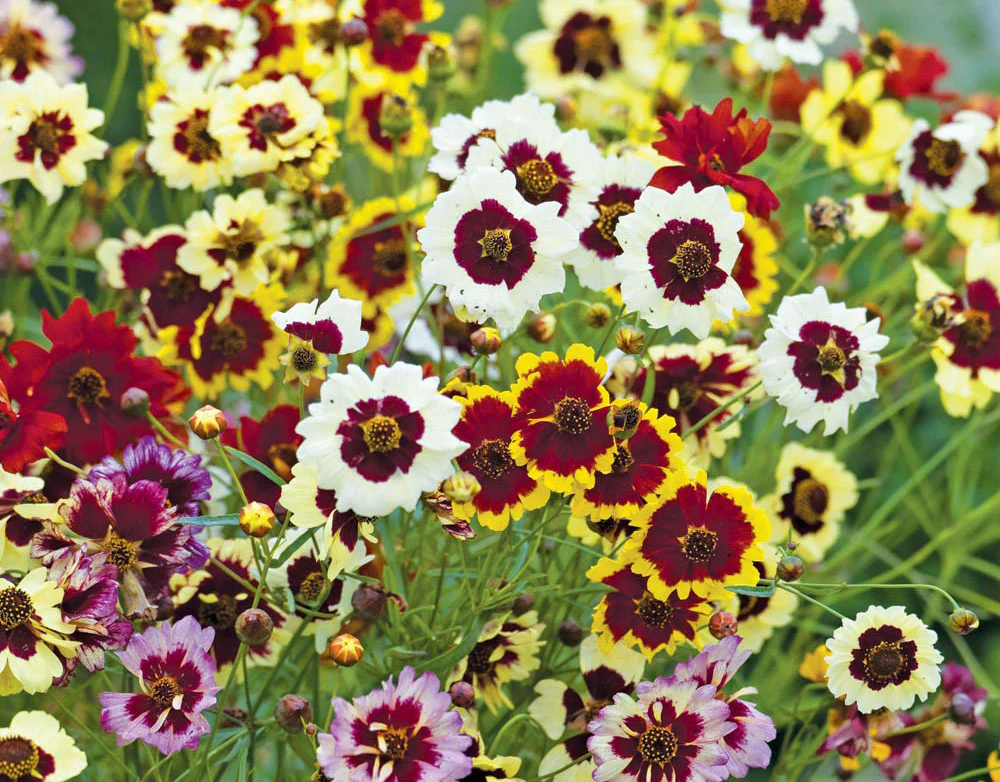
In recent years, Coreopsis has gained attention in China, Japan, and South Korea for its aesthetic value in public parks and urban landscaping projects.
- In China, Coreopsis tinctoria (also known as plains coreopsis) has naturalized in parts of the country and is used for flower shows and roadside plantings.
- In Japan, native plant movements and pollinator awareness campaigns have increased demand for drought-tolerant, ornamental wildflowers like Coreopsis.
Though Asian production remains modest compared to North America and Europe, it’s an expanding market.
Global Market Trends
Why is Coreopsis production increasing globally?
- Rising popularity of low-water, low-maintenance landscaping.
- Growing awareness of the importance of pollinator habitats.
- Expanding demand for native plant gardens.
- Public initiatives for highway wildflower corridors and urban meadows.
As ecological gardening and sustainable landscaping trends grow, so too does the market for hardy, pollinator-friendly plants like Coreopsis.
Conclusion: The Clear Leader
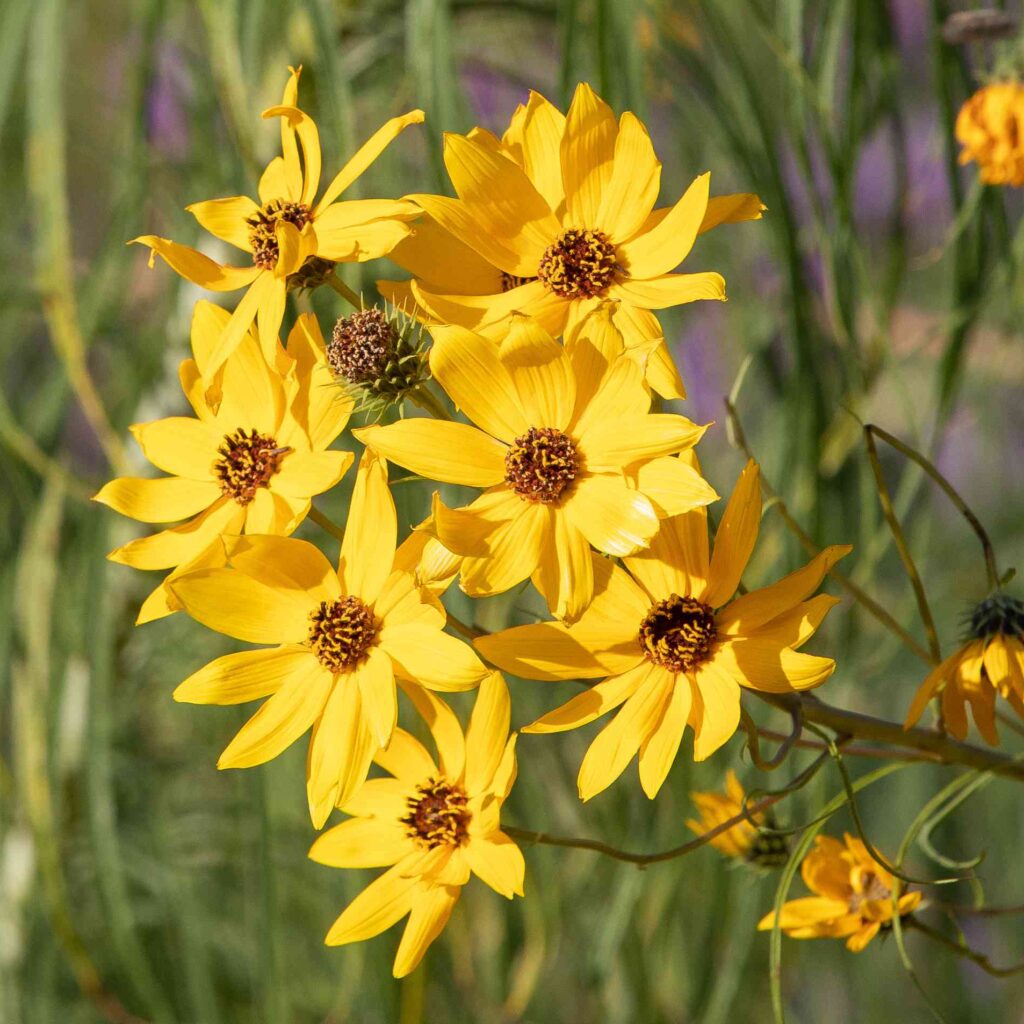
After examining cultivation, native range, nursery production, and ecological use, it’s clear that the United States is the largest Coreopsis producer in the world.
Why the U.S. leads:
- Extensive native wild populations.
- Strong domestic demand for ecological restoration.
- Vast native seed production industry.
- Active plant breeding and horticultural innovation.
- Export of both seeds and live plants.
While countries like Canada, the Netherlands, Germany, China, and Japan also cultivate Coreopsis, none match the scale, diversity, and ecological integration of U.S. production.
Final Thoughts
As interest in sustainable, wildlife-friendly gardening continues to grow globally, Coreopsis will remain a favorite flower among home gardeners, landscape designers, and conservationists alike. And at the heart of this bright and sunny movement stands the United States — ensuring fields, gardens, and highways bloom vibrantly with the enduring beauty of tickseed for years to come.


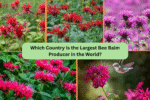


Leave A Comment